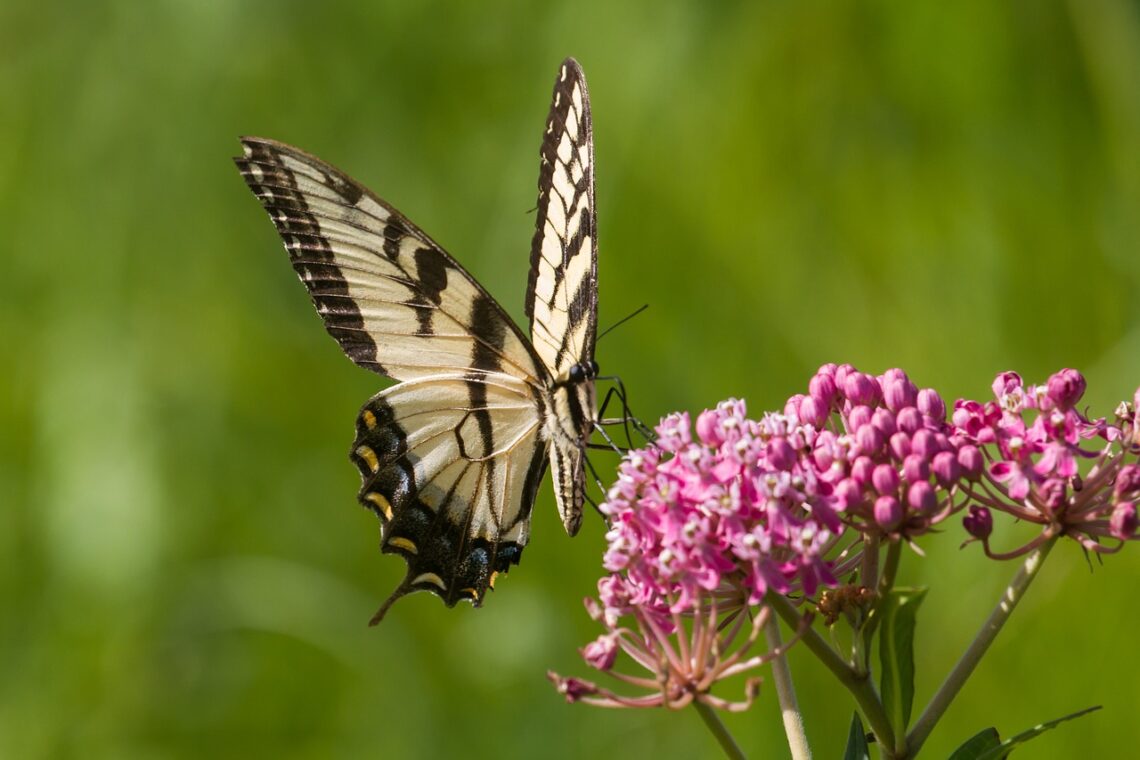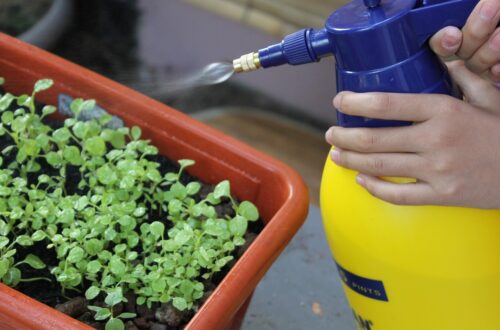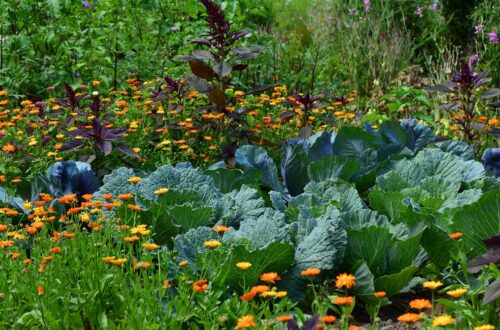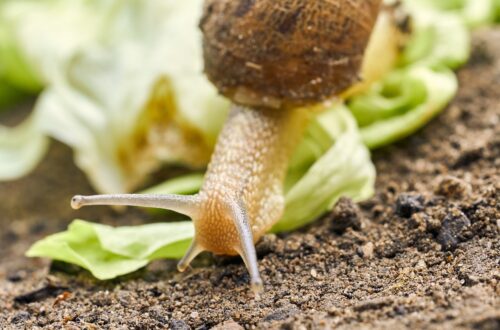Master different milkweed planting techniques and get to know the most popular native milkweed varieties!
Planting milkweed seeds is one of the best ways to help pollinators, like monarch butterflies. But milkweed plants have different care needs from your average garden flower and germination rates can be poor if you don’t stratify certain milkweed seeds before planting. In this guide, I’ll teach you how to grow milkweed from seed using several different techniques and you’ll also find growing tips that will help you (and pollinators) get the very most out of your milkweed plants!
Affiliate disclosure: As an Amazon Associate, I may earn commissions from qualifying purchases.
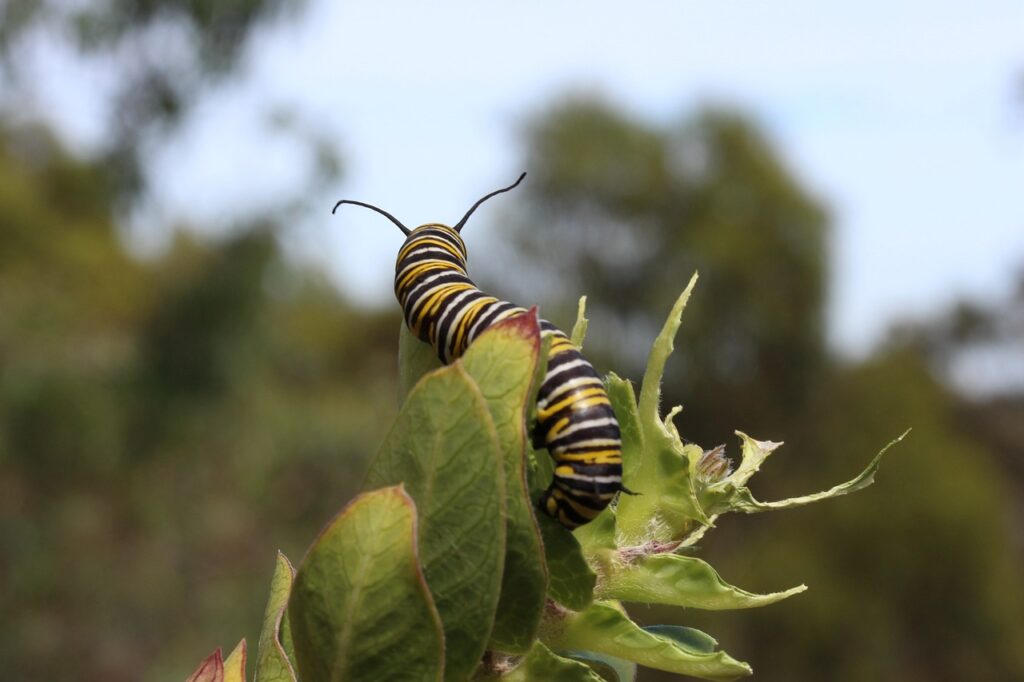
Why Grow Milkweed?
Milkweed is a beautiful, native plant with fragrant flowers that smell a bit like jasmine. Many gardeners grow milkweed purely for ornamental use, but these plants have other benefits!
Compared to many other ornamentals, milkweed is super durable and it can grow in gardens where other plants won’t thrive. Once established, milkweed usually doesn’t need any supplemental water or fertilizer and milkweed’s long tap root and spreading growth habit also makes it handy for controlling erosion.
Yet while milkweed has plenty to recommend it, the main reason why most gardeners plant milkweed is for pollinators. Milkweed blooms are rich with nectar and pollen and they’re highly attractive to an assortment of bees, moths, butterflies, and other beneficial insects. Most famously, milkweed is THE host plant for monarch butterfly eggs and monarch caterpillars ONLY eat milkweed while they’re growing.
Put simply: without milkweed, there wouldn’t be any monarch butterflies!
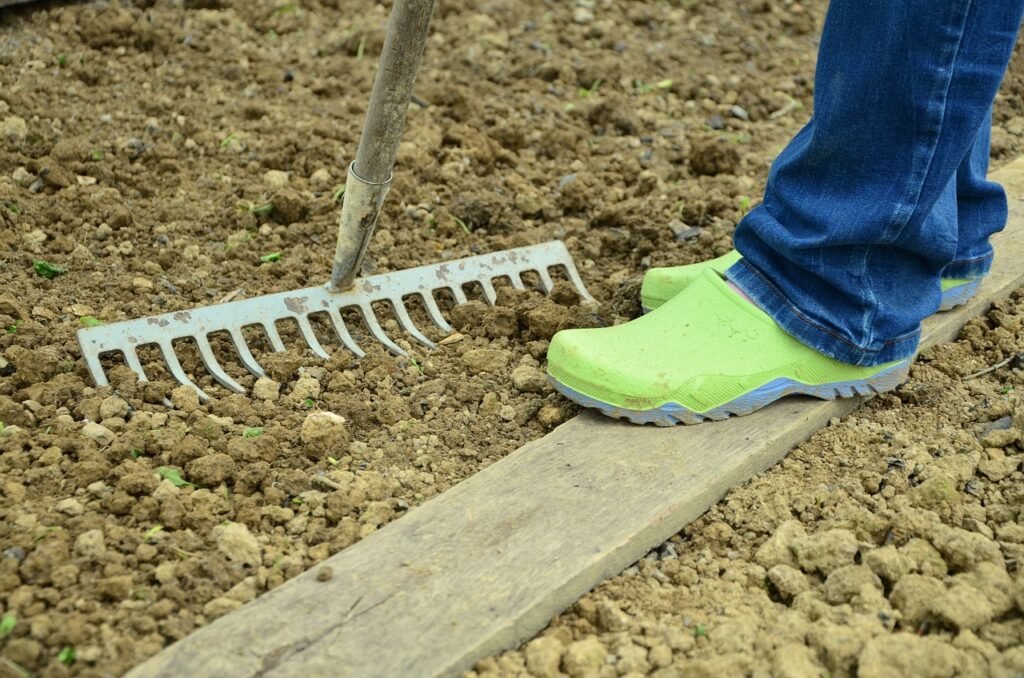
When to Plant Milkweed
When milkweed should be planted is a bit confusing as different milkweed plant types are handled a bit differently.
Milkweed varieties that are native to cold areas typically need to be cold stratified to germinate. However, this treatment is usually not required for milkweed varieties that are native to warm areas.
Cold stratification is essentially fancy-speak for subjecting milkweed seeds to a cold, moist environment to jumpstart germination. And this is where the confusing part comes in because you can cold stratify milkweed seeds in different ways and at different times of the year!
We’ll get into cold stratification in the next section, but let’s break down the potential timeline dates here:
- Milkweed varieties that are native to warm areas are generally planted in spring.
- Milkweed varieties that are native to cold areas need to be cold stratified in either spring or fall.
- Seeds that are cold stratified in fall should be planted outdoors in late fall, after a few frosts have occurred. November is usually an optimal time for planting milkweed seeds outdoors.
- If you’d prefer to cold stratify seeds indoors in spring, cold stratification usually takes about 6 to 8 weeks and it begins in January or February.
- After stratification, indoor seeds are then planted in soil. This usually occurs around March, or about 6 to 8 weeks before your last frost date.
- Seedlings started indoors and plants purchased at nursery centers are then transplanted outdoors after the last frost date of spring.
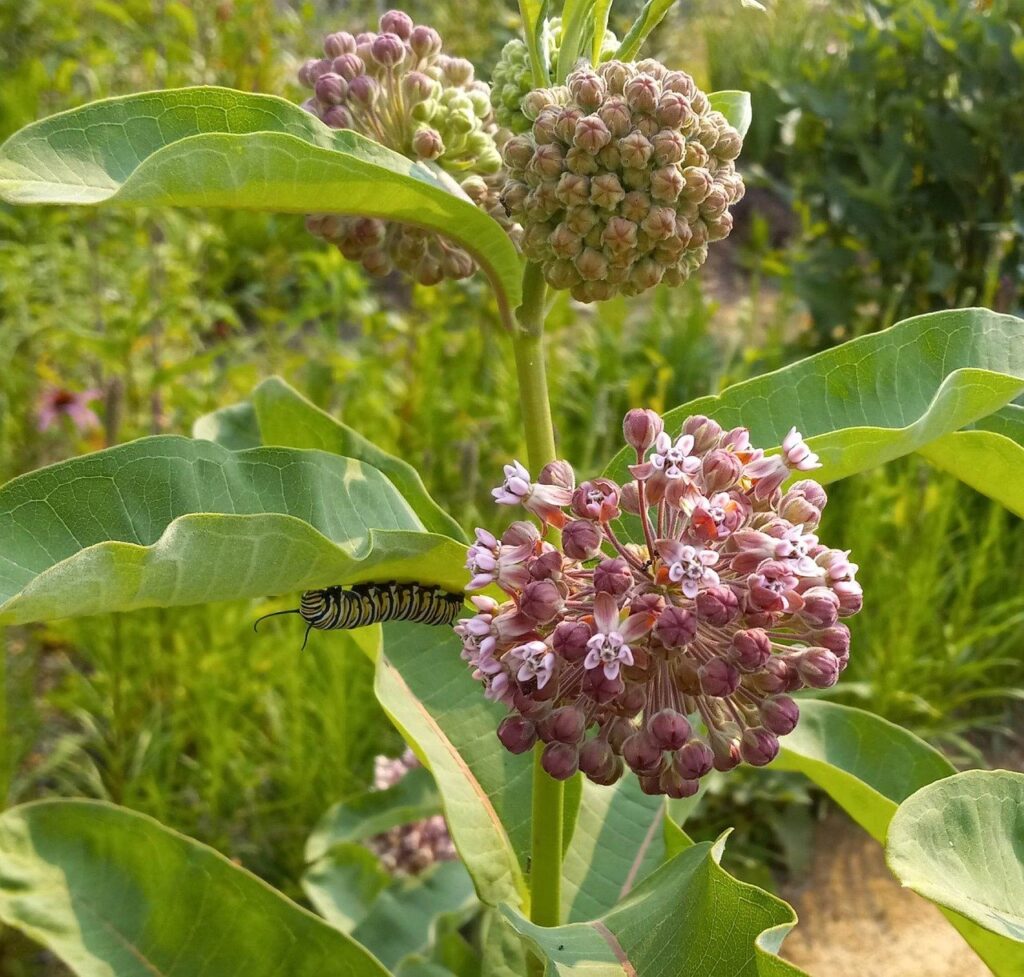
Where to Plant Milkweed
Most varieties of milkweed are full sun plants that require at least 6 to 8 hours of bright light daily. That means you should choose a brightly lit location for your milkweed patch.
Common milkweed and many other milkweed types also prefer well-draining soils, although some milkweeds can grow in desert-like or boggy and consistently moist conditions.
Because many pollinators are not strong flyers, it’s best to locate milkweed plants in a semi-protected area where they’ll be shielded from strong winds that may buffet butterflies around.
It’s also important to know that milkweed plants can spread, so you may want to add a barrier around your milkweed or keep plants in planters if you want to contain them in a set area. If you choose to grow milkweed in pots, select a container that is at least 18” wide by 18” deep to accommodate milkweed’s long tap root.
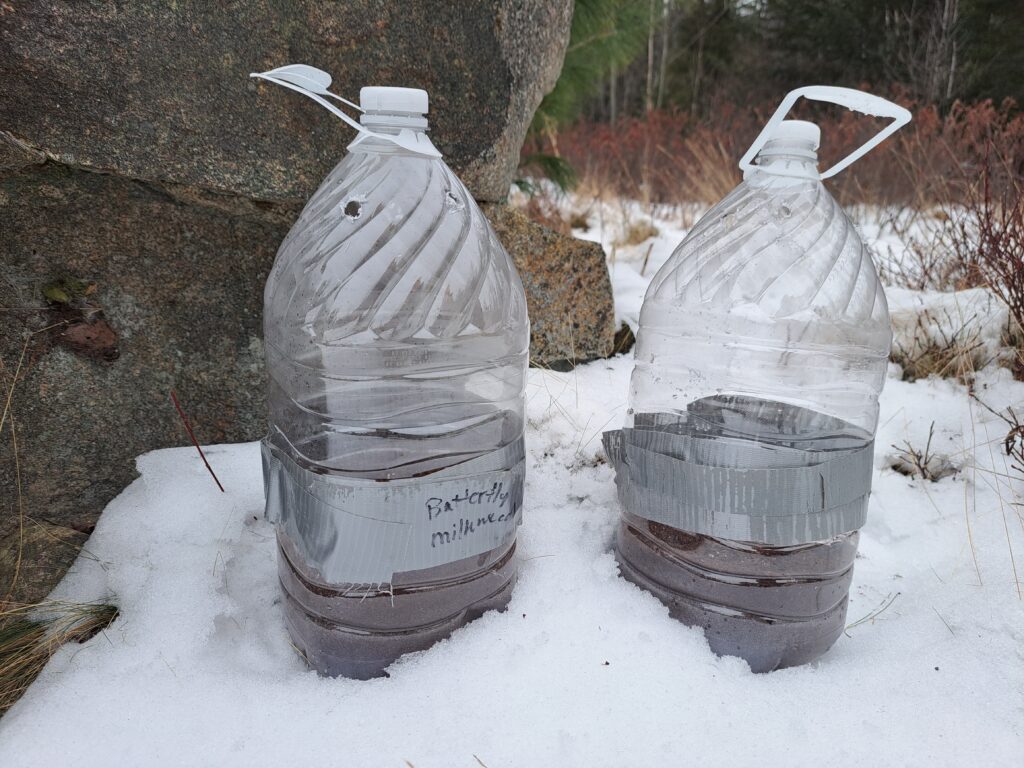
How to Grow Milkweed from Seed
So basically milkweed seeds can be started outdoors or indoors. But how exactly do you start milkweed seeds?
If you’re planting milkweed varieties that are native to warm areas, skip ahead to the planting section below. But if you’re growing seeds that need cold stratification, read on!
Cold Stratifying Milkweed Seeds: 3 Techniques to Know
Milkweed seeds from cold areas can be stratified outdoors or indoors depending on your personal gardening style. Outdoor sowing in fall tends to be easier, but indoor sowing is a great option if you forgot to plant your seeds in autumn or if you’re worried that animals may eat your seeds before they sprout!
Cold Stratifying Outdoors (the easiest method)
To stratify seeds with outdoor sowing, first prepare your planting spot. This means raking away leaves, clearing out weeds and, if needed, enriching the soil with a bit of compost. After you’ve prepared the bed, evenly scatter milkweed seeds across your planting area, rake them in and place a thin layer of mulch on top (like straw mulch) to protect the seeds from the elements.
During the winter, seeds will naturally be exposed to cold and they’ll start to sprout once the weather warms up in spring. There’s no need to water seeds during their winter dormancy period, but you should begin watering the seeds once they sprout.
Cold Stratifying with Milk Jugs in Mid-Winter to Early Spring
I have a full guide on starting seeds in milk jugs right here. But in a nutshell, milkweed seeds are planted in clear plastic milk jugs in mid-winter and then allowed to naturally cold stratify outdoors. When spring arrives, the seedlings sprout and they can be transplanted into your garden without being hardened off.
One of the benefits of milk jug sowing is that the milk jugs should shelter seeds from animal and insect predation!
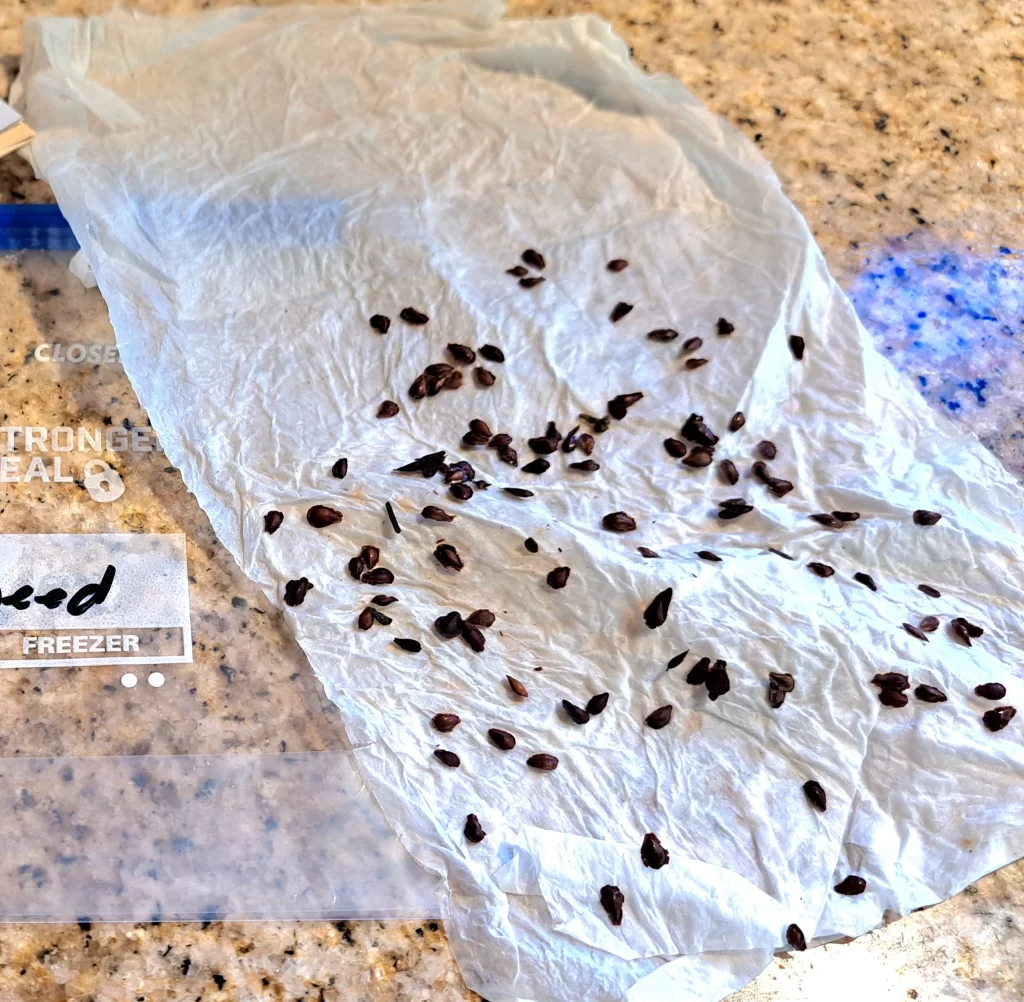
Cold Stratifying Indoors in Spring
In most areas, milkweed seeds are stratified indoors in January and February and then planted in pots in March. To stratify seeds, dampen a paper towel until it’s just a little bit moist (not dripping) and then scatter milkweed seeds across the paper towel in an even layer. Fold the paper towel over itself, seal it in a Ziploc bag, label and date the bag and pop it into your fridge for 6 to 8 weeks.
If you need to stratify lots of seeds at once, you can mix milkweed seeds into damp sand, seal the sand in a Ziploc bag and place the bag in the fridge for 6 to 8 weeks.
Once your seeds have stratified for the appropriate amount of time, it’s time to plant them in soil!
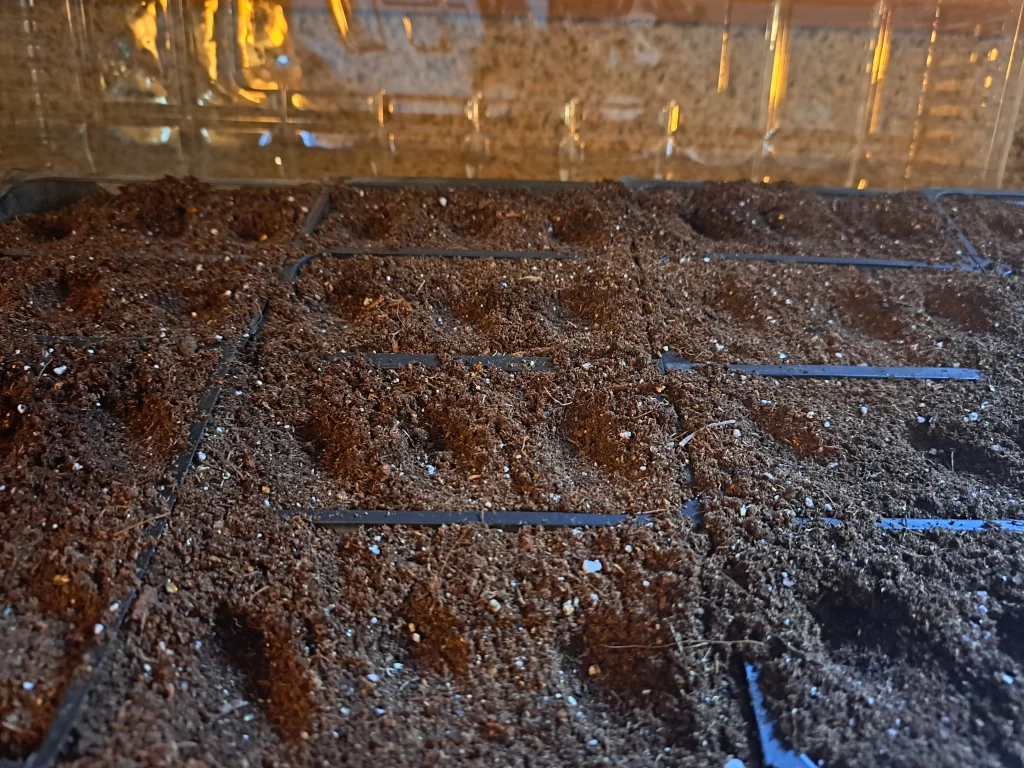
Planting Milkweed Seeds Indoors
Most milkweed seeds, regardless of whether they needed to be cold stratified or not, can be planted indoors using the following tips. However, it’s always a good idea to consult seedling packets for specific planting instructions… especially if you’re growing some less common milkweed varieties!
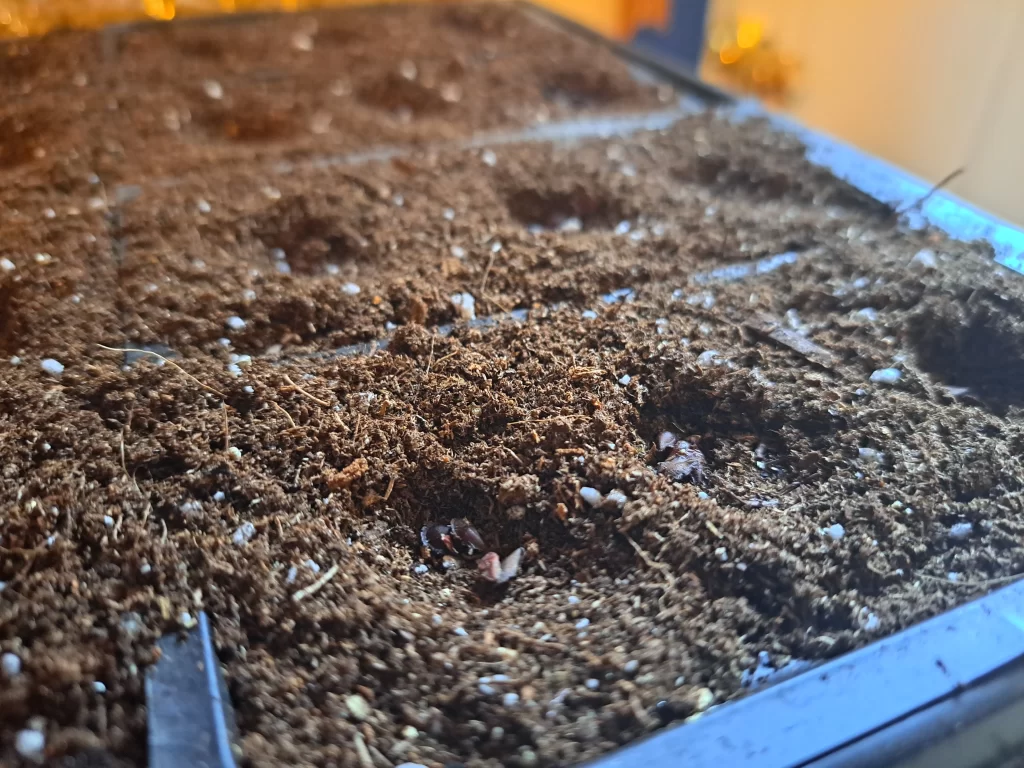
To start, fill up your seed starting trays or pots with a premoistened, seed starting mix. Plant 2 to 4 milkweed seeds per pot or seedling cell and then bury the seeds with ¼” of soil. Place a humidity dome over your seedling trays (if you’re using one) and then move the seedlings under a bright grow light.
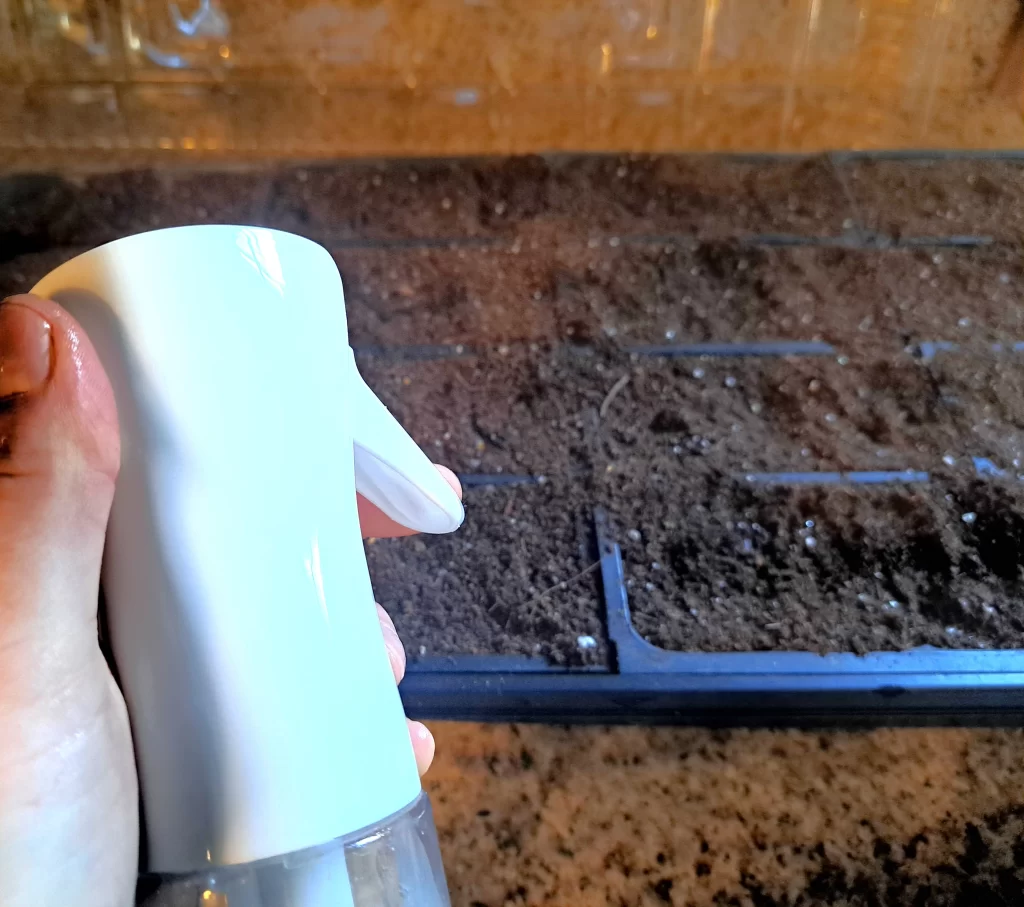
Grow lights should be on for about 16 hours a day, positioned about 2 to 4” above the seedling tray and adjusted upwards as your seedlings grow. Water your seedling trays every day or two with a small watering can or spray bottle to keep the soil consistently moist, but not soggy. Milkweed seeds should germinate about 10 to 15 days after planting.
Once milkweed seedlings sprout, remove the humidity dome and continue to water your seedlings regularly. Seedlings should be thinned out into individual pots once they have at least 1 or 2 sets of true leaves.
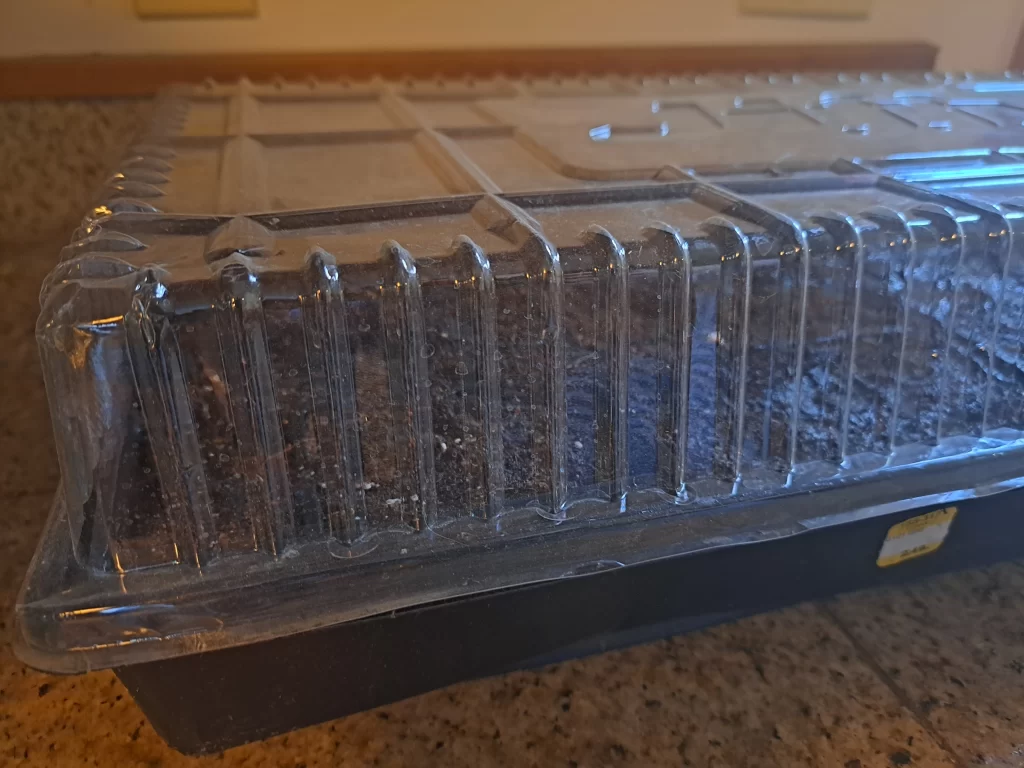
Transplanting Milkweed Seeds Outdoors
Milkweed plants that are started indoors can be transplanted outside after your last frost date. Before transplanting, harden seedlings off over the course of a week or two. On the first day, only leave the seedlings outdoors for an hour or two in dappled light and then gradually increase the amount of time seedlings are outside and the amount of sun they’re exposed to over the hardening off period.
When the seedlings are hardened off, it’s time to plant! Dig a hole that’s as deep as your milkweed plant’s root ball, amend the soil with a bit of compost (if needed) and then locate the plant in the hole so it’s at the same depth it was growing in its original pot. Backfill the hole with soil, water well and then care for your new milkweed plants using the tips that follow.
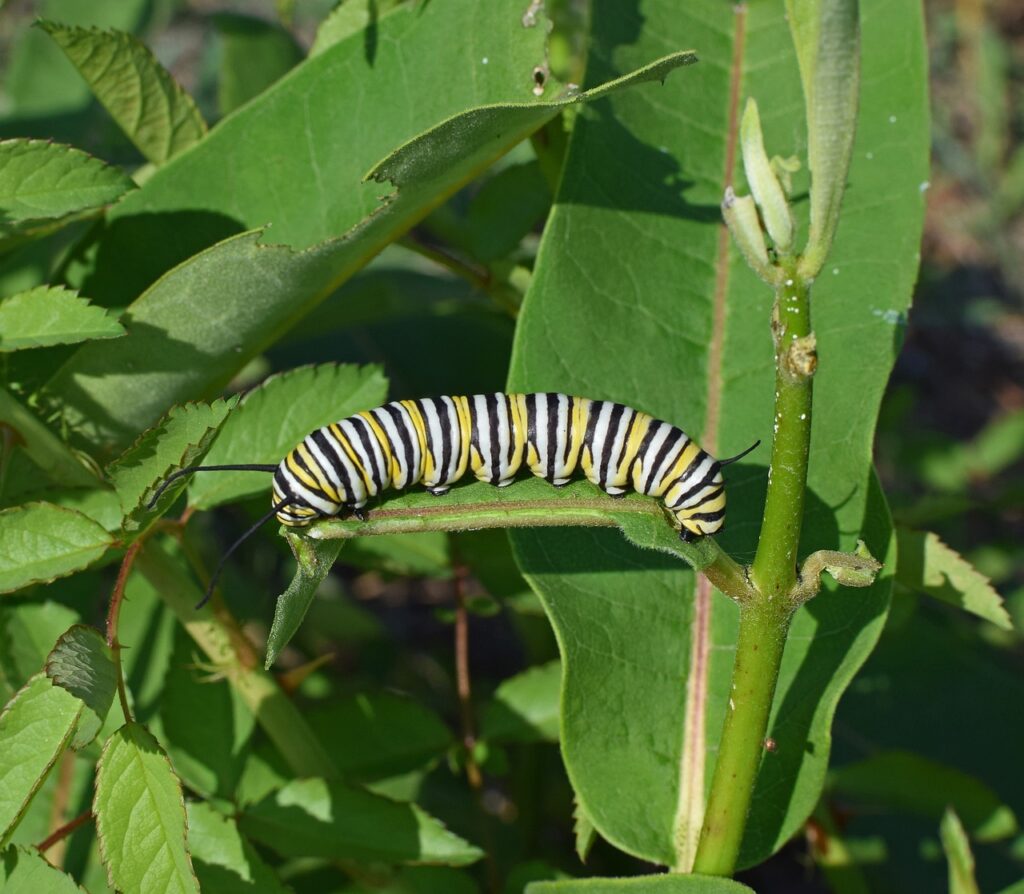
Milkweed Growing Tips
Once your milkweed is in your garden, it won’t need much care. But keep the following tips in mind to ensure your milkweed patch is as healthy as possible!
- Most milkweed plants need at least 6 to 8 hours of bright light daily.
- New plants should be watered regularly; however, established milkweed plants typically won’t need supplemental water.
- Some milkweed varieties need more water than others. For example, swamp and aquatic milkweed are water lovers!
- Milkweed plants typically don’t need fertilizer. In fact, too much nitrogen in the soil can make these plants grow leaves and no flowers!
- If you want to give milkweed plants a boost, apply a layer of compost around the base of your plants in spring or fall.
- Adding a layer of natural mulch, like straw or chopped autumn leaves, can keep weeds at bay.
- Many varieties of milkweed won’t flower during their first year. During this period, plants will spend most of their time growing roots… but they’ll still be useful for monarch caterpillars!
- Keep pesticides away from your milkweed plants. They can harm pollinators as well as garden pests.
- If you see aphids on your milkweed, this is no cause for alarm. Milkweed aphids are quite common and they typically don’t do much harm to milkweed. Occasionally, you may notice deformed leaves or stunted growth, but the plants should continue to grow.
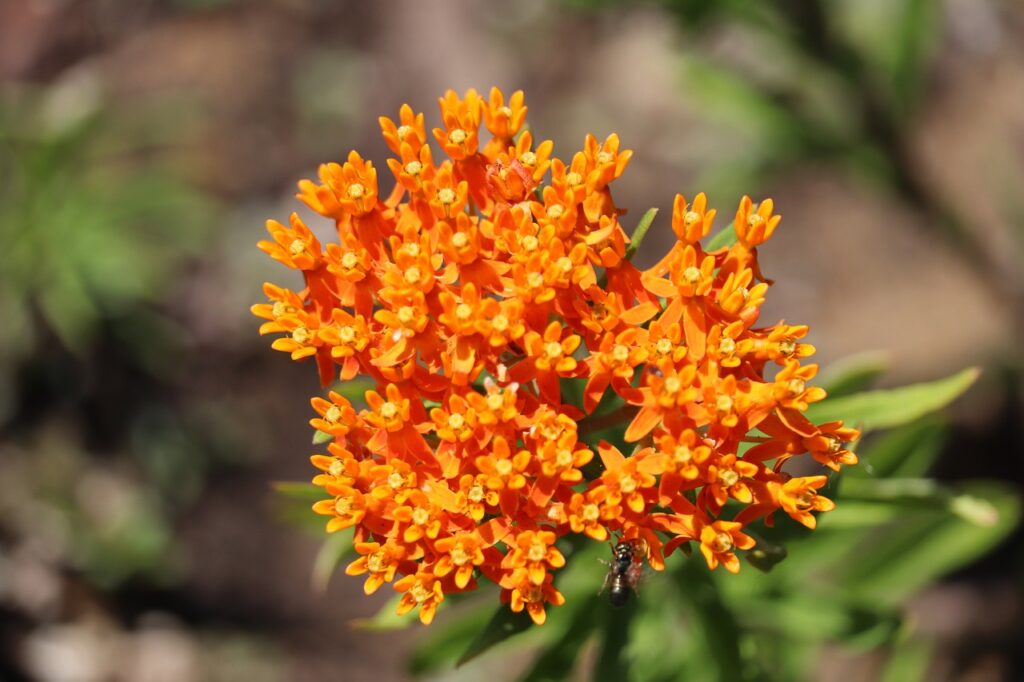
Native North American Milkweed Plant Varieties to Try
I recommend checking out websites like the Xerces Society and local native plant websites to find the best native milkweed varieties for your location. However, some popular milkweed varieties for North American gardens include:
As its name suggests, common milkweed is one of the easiest milkweed varieties to find and it’s native to most of the Eastern and Central United States. This milkweed plant can grow up to 8’ tall, although it usually grows about 3 to 5’ high. Its pinkish-purple flowers appear in June and can last through August.
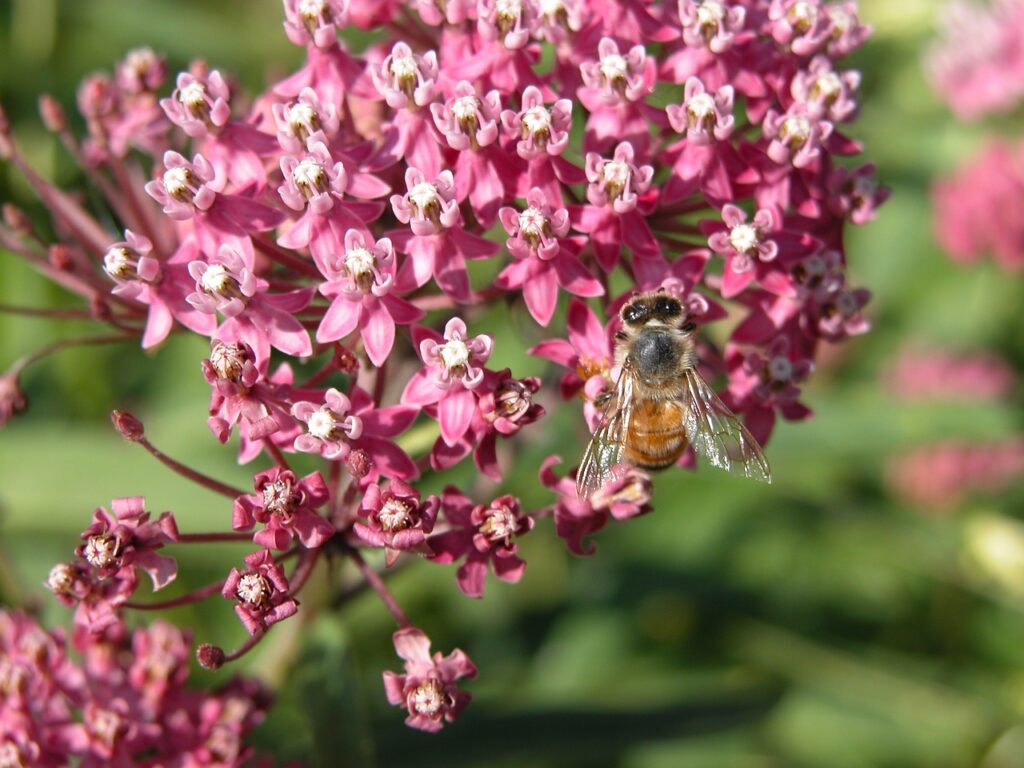
Swamp milkweed has a similar native range to common milkweed, but it can also be found in parts of the Rockies. This variety tolerates more shade than many other milkweeds, but it does need more water too. Grow swamp milkweed in rain gardens if you want to, and enjoy its purple flowers from June to October.
Butterfly milkweed has an even more impressive range than common milkweed and it’s found throughout the Eastern and Central United States, plus parts of the Southwest. Drought-tolerant and hardy, butterfly milkweed craves sun, but it only grows to about 1 to 2’ high. Unlike most milkweed varieties, butterfly weed produces showy orange flowers that can last from late spring through early fall.
- Aquatic Milkweed (Asclepias perennis)
Another water lover for rain gardens and soggy spots, aquatic milkweed is native to parts of the Midwest and the Southeast. This plant isn’t as flashy as some other milkweeds, but its dainty, white flowers still have plenty of charm!
Found throughout the Central and Western states, showy milkweed is a treat for the eyes. Bright pink flowers appear in May, but they can continue to wow through early fall if the plant is happy. Mature plants grow about 1 to 3’ high and they have average watering needs and require lots of sun.
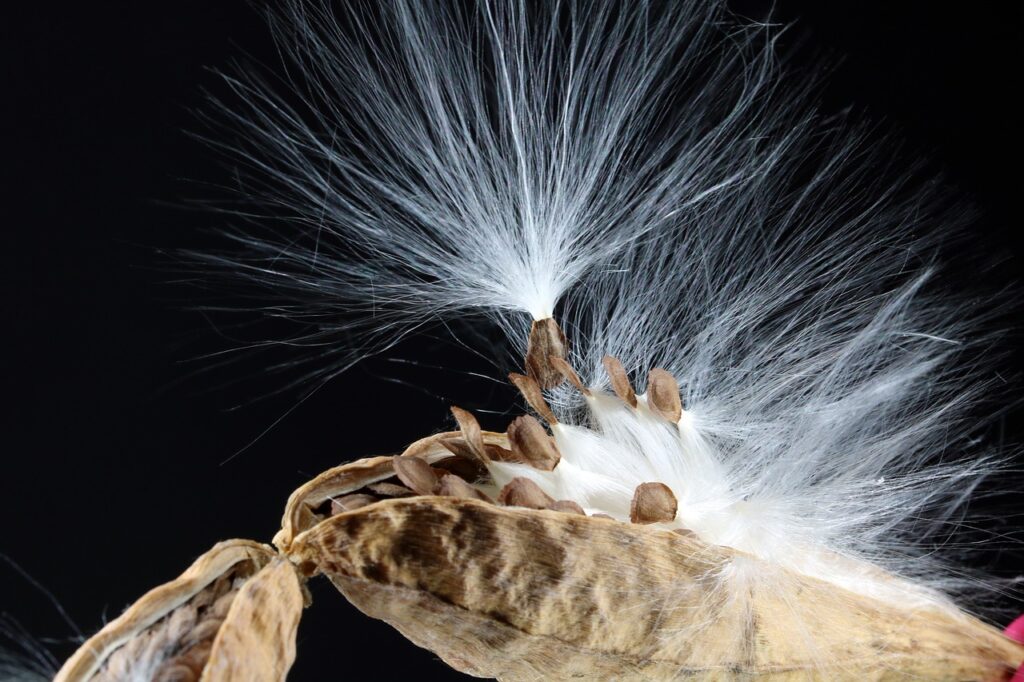
Where to Buy Milkweed Seeds?
Many milkweed varieties can be purchased on websites like Amazon and Etsy, but you can also find milkweed plants in seed catalogs and seed websites. Here are a few more places that sell native milkweed seeds (not sponsored):
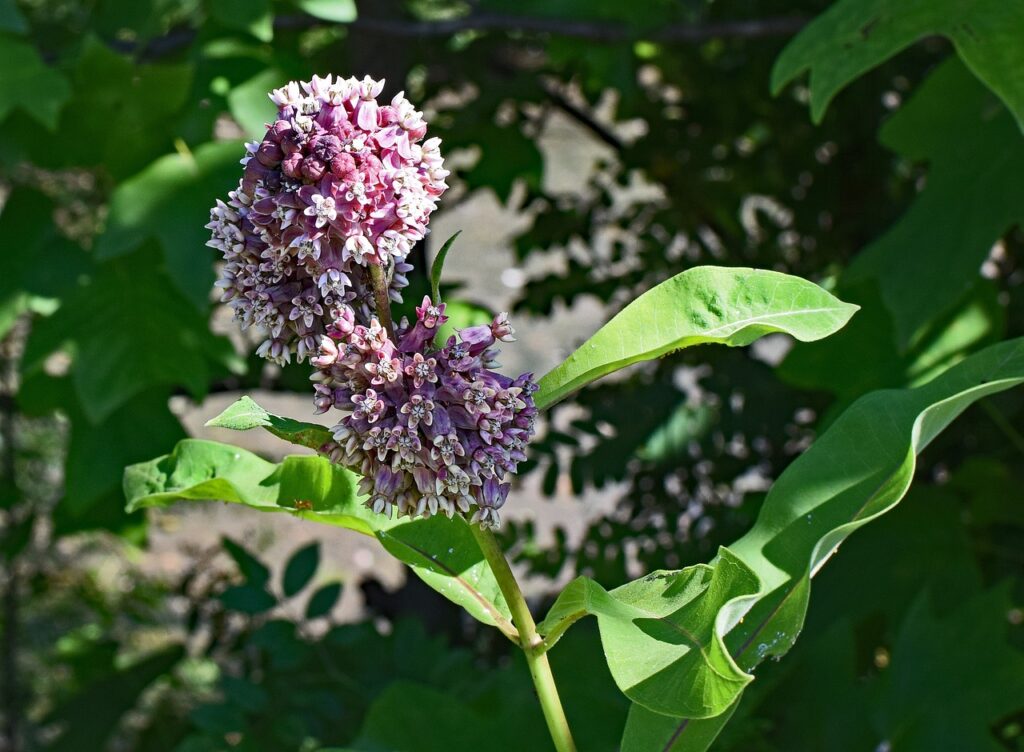
Frequently Asked Questions About Growing Milkweed from Seed
Does milkweed come back every year?
Yes. Milkweed is a perennial plant that will come back year after year. After flowering, plants will produce seed pods and self-sow even more milkweed plants if you let them!
Can I just throw milkweed seeds on the ground?
You can — this planting method is how milkweed seed balls are planted! However, if you want to improve germination rates, rake away leaves and weeds before scattering milkweed seeds and sow seeds in fall so they can cold stratify outdoors during the winter.
How many milkweed plants should I plant?
One milkweed plant can support about one monarch caterpillar. For best results, plant at least 6 milkweed plants in a group and space individual plants between 18 and 36” apart.
